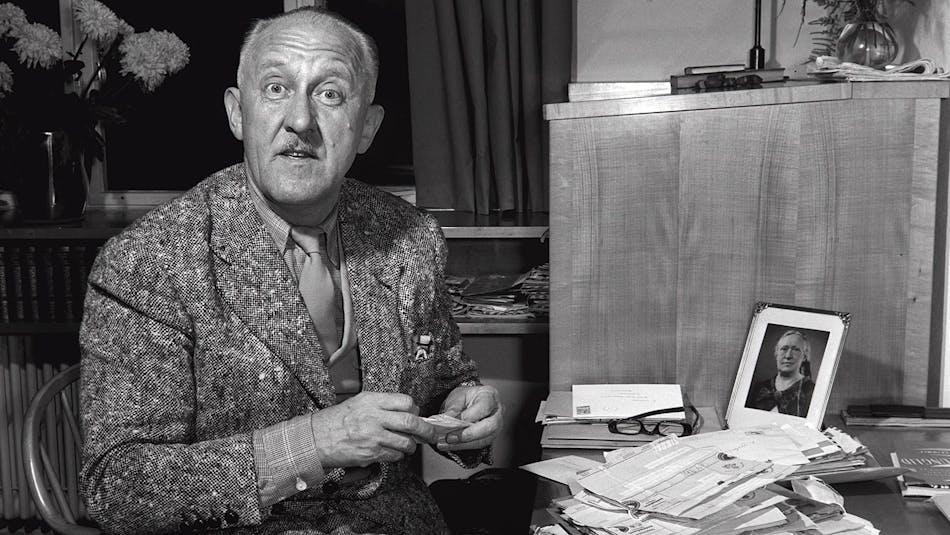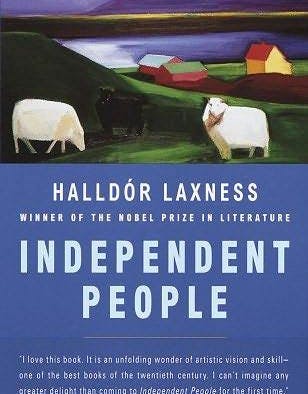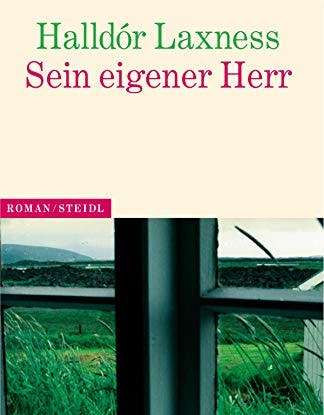
Halldór Laxness, at home, reading from a stack of telegrams gratulating him for Nobel Prize. The house, Gljúfrasteinn, now hosts the Laxness Museum.




Halldór Laxness, at home, reading from a stack of telegrams gratulating him for Nobel Prize. The house, Gljúfrasteinn, now hosts the Laxness Museum.


